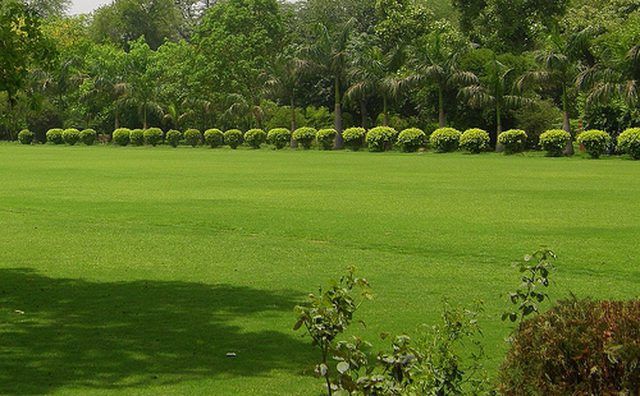Bulbs
Flower Basics
Flower Beds & Specialty Gardens
Flower Garden
Garden Furniture
Garden Gnomes
Garden Seeds
Garden Sheds
Garden Statues
Garden Tools & Supplies
Gardening Basics
Green & Organic
Groundcovers & Vines
Growing Annuals
Growing Basil
Growing Beans
Growing Berries
Growing Blueberries
Growing Cactus
Growing Corn
Growing Cotton
Growing Edibles
Growing Flowers
Growing Garlic
Growing Grapes
Growing Grass
Growing Herbs
Growing Jasmine
Growing Mint
Growing Mushrooms
Orchids
Growing Peanuts
Growing Perennials
Growing Plants
Growing Rosemary
Growing Roses
Growing Strawberries
Growing Sunflowers
Growing Thyme
Growing Tomatoes
Growing Tulips
Growing Vegetables
Herb Basics
Herb Garden
Indoor Growing
Landscaping Basics
Landscaping Patios
Landscaping Plants
Landscaping Shrubs
Landscaping Trees
Landscaping Walks & Pathways
Lawn Basics
Lawn Maintenance
Lawn Mowers
Lawn Ornaments
Lawn Planting
Lawn Tools
Outdoor Growing
Overall Landscape Planning
Pests, Weeds & Problems
Plant Basics
Rock Garden
Rose Garden
Shrubs
Soil
Specialty Gardens
Trees
Vegetable Garden
Yard Maintenance
What Are the Basic Nutrients in Fertilizers?
What Are the Basic Nutrients in Fertilizers?. A carefully compounded fertilizer can be the magic ingredient in transforming a dry, dead lawn into a lush green carpet of grass. Six nutrients, three primary and three secondary, are required for healthy plant growth.

A carefully compounded fertilizer can be the magic ingredient in transforming a dry, dead lawn into a lush green carpet of grass. Six nutrients, three primary and three secondary, are required for healthy plant growth.
Primary Nutrients
Three primary nutrients in fertilizer are symbolized by the letters N-P-K (for nitrogen, phosphorus and potassium). Most fertilizers are marked with the percentages of each of these three nutrients. For instance, a fertilizer marked 15-30-25 consists of 15 percent nitrogen, 30 percent phosphorus and 25 percent potassium. The remaining 30 percent would be secondary nutrients and filler.
Function
Nitrogen is an important ingredient in chlorophyll, and also helps ensure healthy foliage. Phosphorus is necessary for the growth of healthy root systems, a well as being an integral component in the process of photosynthesis. The presence of potassium in fertilizer reduces loss of water from the leaves, and helps the plant to tolerate dry growing conditions.
Secondary Nutrients
In addition to the primary nutrients, there are three secondary nutrients generally found in fertilizer: calcium, sulfur and magnesium. These are necessary for absorption of nutrients and the proper functioning of photosynthesis.
Organic vs Non-Organic Fertilizers
Organic fertilizers come from plant sources, such as compost, or animal sources such as manure. Non-organic fertilizers are chemical products, usually synthesized artificially. Organic fertilizers provide more nutrients, and in a more accessible form, while non-organic fertilizers can be tailored to meet certain nutritional specifications.
Forms
Fertilizer generally comes in two forms: granular and liquid. The granular form is spread dry across the soil and is not effective until it is dissolved in water. Liquid fertilizer is sprayed on, and the nutrients are absorbed more quickly, but this form must be reapplied frequently. Granular fertilizer is more difficult to use, but provides a steady release of the basic nutrients.